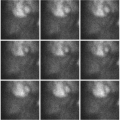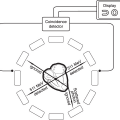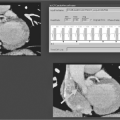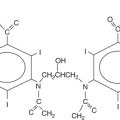Clinical Indications and Limitations
Kusai S. Aziz
The use of cardiac CT has significantly increased during the last few years because of advanced technology and the introduction of new generation 64-slice CT scans that enable higher spatial resolution and less motion artifact. Cardiac software has also advanced and made it much easier to calculate calcium scores and track coronary arteries and evaluate them in multiple orientations.
In 2006, the ACCF/ACR/SCCT/SCMR/ASNC/NASCI/SCAI/SIR published appropriateness criteria for both cardiac CT and cardiac MRI (Table 1, 2, 3, 4, 5, 6 and –Table 7).1 We recommend following these criteria since they represent the most evidence-based analysis of the rapidly increasing applications of this technology. However, it should be kept in mind that reimbursement of these studies by third-party payers remains very restricted. It should also be kept in mind that, considering the radiation exposure, cardiac CTA can not be recommended as a screening tool in middle age asymptomatic subjects.2
TABLE 5.1 Detection of CAD: Symptomatic | ||||||||||||||||||||||||||||||||||||||||||
|---|---|---|---|---|---|---|---|---|---|---|---|---|---|---|---|---|---|---|---|---|---|---|---|---|---|---|---|---|---|---|---|---|---|---|---|---|---|---|---|---|---|---|
| ||||||||||||||||||||||||||||||||||||||||||
Stay updated, free articles. Join our Telegram channel

Full access? Get Clinical Tree







